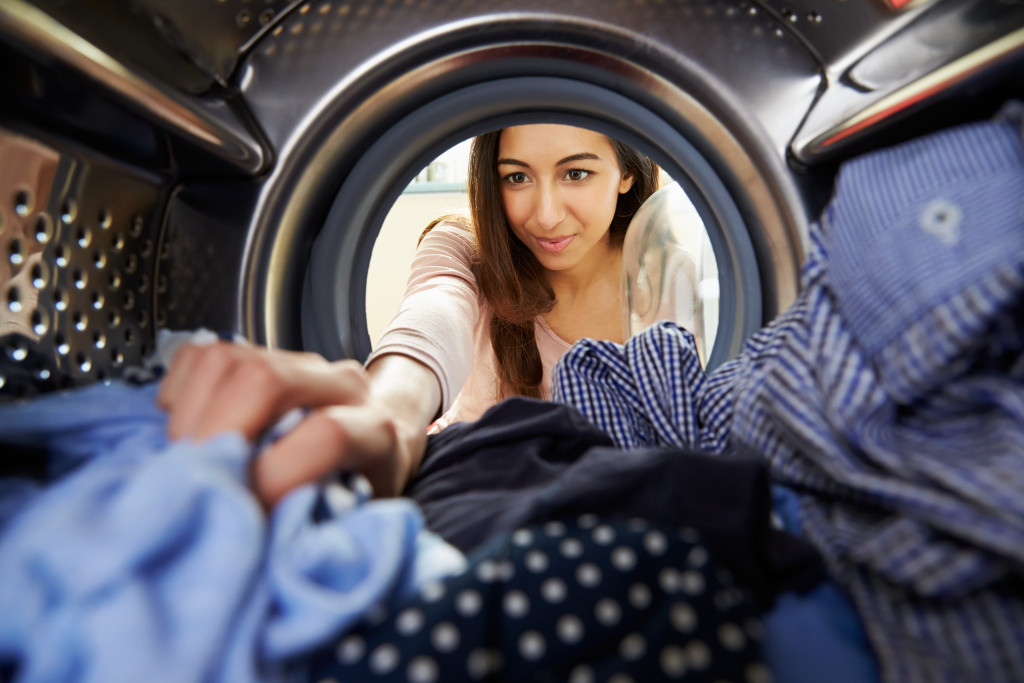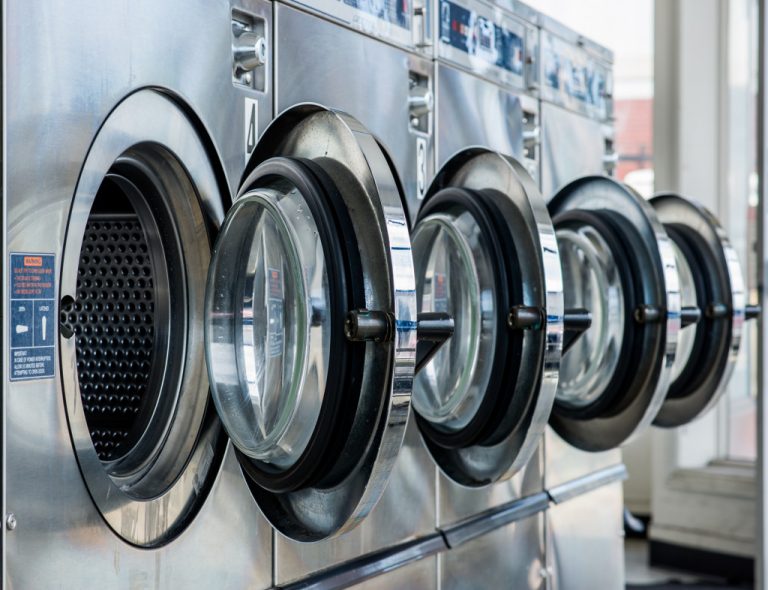It’s funny how our closest estimate as to when humans first wore clothes was discovered through the evolution of clothing lice. Not because of human activities or artifacts, but a group of tiny arachnids.
That being said, it is estimated that humans started wearing clothes only around 170,000 years ago when humans were already existing then for more than a million years. Nevertheless, wearing clothing was significant as it coincides with the time that humans started migrating to other parts of the world back then.
Clothing has then developed into the manufacturing of fabrics that could be used for it. With the emergence of fabrics, its purposes have trickled down into other products as well such as curtains, draperies, bags, linens, etc.
Nowadays, anything made of fabric has evolved past its primary utility of protection against the weather. It has become a fashion statement, decoration, design accents, a symbol, an expression of identity, and even a marker of social status. More so if you keep them clean.
Over the years, laundry has come a long way.
Nowadays, all you have to do is toss your clothing into a washing machine and press a few buttons, and your laundry is done. This has not always been the case and continues to be the case in many parts of the world.
Almost every ancient civilization arose close to or in the vicinity of a body of water. It was important for a variety of things, including food, transportation, drinking water, crop irrigation, bathing, and washing clothing. The clothes were typically hammered over rocks, cleaned with abrasive materials like sand or stone, and pounded by stamping on them, which took a lot of perspiration.
The majority of people in ancient times were poor, and they wore clothing passed down from their forefathers. Ancient Egyptians scrubbed their linens extensively with natron, a naturally occurring combination of sodium and salts, before bathing them under the sun to let them dry.
In terms of wardrobes, hygiene, and washing, the Romans brought about a change in the times. People had more clothing to change as improved ways of making garments, such as homespun materials for making togas, were invented.
The laundromats in Roman fuller shops were built up to wash garments in human urine collected from their public toilets. They’d then heat the water urine combination while someone stomped on them to get it all mixed up, and then hang them to air dry. Urine, surprisingly enough, includes ammonia, which is identified as a cleaning agent.
The Dutch were washing experts as early as the 1000s, soaking clothing for up to 8 weeks in a combination of lye water created by passing water over wood fire ashes to generate a cleaning agent. There was not always a water supply to wash your clothing in as populations expanded and spread across Europe.
Large wooden washtubs, for example, were created to make washing clothing distant from a water source practicable. With a plunger, the garments were pounded and mixed with urine/water or lye/water mixtures. The lye was produced by combining alkali with lard or animal fat in a pot. Most individuals in the Middle Ages did not want to go through the time-consuming process and found it easier to keep their clothes smelling fresh by rubbing them with dried flowers.
With the arrival of the industrial revolution, laundromats saw significant advances. It was then that the famous washboard, which is still in use today, was invented. The washboard was created in Scandinavia, and it was enhanced in America in the nineteenth century by adding better materials such as fluted metal sheets and rubber. With just a tub of water and a few dollars worth of soap, anyone could do it, and it quickly became a household need.
We have been washing our clothes for as long as we’ve been wearing them and made sense out of the fact that accumulated dirt doesn’t feel nice to wear.

It became a widespread practice when commercial soaps and detergents were made in the early 1900s. In Fort Worth, Texas, the first actual laundry, known as a “wash-a-teria” at the time, opened.
It was a unique concept that piqued the interest of many individuals. Customers liked the convenience of self-service and the low cost. Commercial washers and dryers were a luxury item at the time, and because of their high cost, few individuals could afford them. Customers would bring their laundry to the location and pay by the hour.
The concept of a public laundry blossomed in American history from the 1950s through the 1970s.
Laundromats were the industry norm, and they became more accessible as time went on. However, as a result of this, laundromat washers have been abused. People began hiring janitors, commercial washers, dry cleaners, and wash-dry-fold service professionals.
At the moment, commercial washers and dryers have reached new heights thanks to technological advancements. The equipment became more energy-efficient, utilized less water, and dried clothing much more quickly. This meant that laundromats would have more washers and dryers, as well as more affordable equipment service and maintenance.
Even though many families own a washer and dryer, laundromats remain popular because they cater to apartment tenants who do not have access to a washer and dryer. Comforters, rugs, draperies, and sleeping bags are still washed in laundromats by homeowners who cannot clean them with their equipment.
The technology when it comes to laundry has advanced considerably over the last few decades.
Some washers are energy-efficient and use less water which is becoming more common, as well as dryers that are considerably faster than they were decades ago. Although many machines still use coin-operated mechanisms, there are also digital card-operated payment methods.
It is so advanced that the operators may rest and manage their businesses from afar because they generally run on a self-serve, automated basis. Currently, laundromats are frequently open 24 hours a day, seven days a week, providing added convenience for consumers with hectic schedules.
In 2020 alone, the laundromat industry gains more than $5 Billion in revenue with over 35,000 laundromats across the United States. With advancements in washing and laundromats throughout the years, the world has undoubtedly changed for the better.





